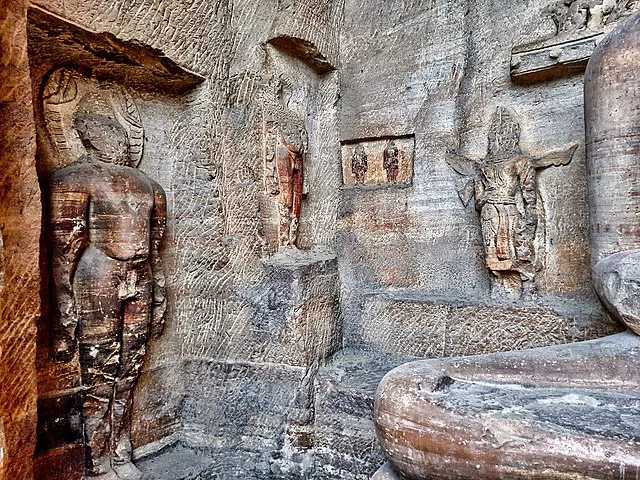The Gopachal rock-cut Jain monuments are a significant archaeological and religious site. Located in Gwalior, India, these monuments date back to the 7th and 15th centuries AD. They consist of intricately carved Jain statues, which highlight the craftsmanship and devotion of Jain followers during this period.
Get your dose of History via Email
Historical Context
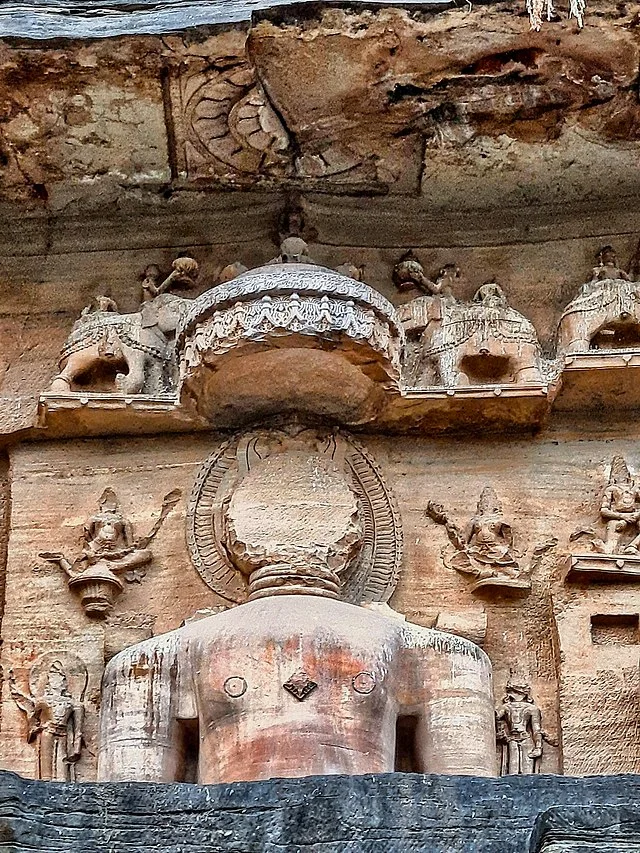
The construction of the Gopachal rock-cut Jain monuments occurred over several centuries. The earliest statues are believed to have been carved around the 7th century AD, during the reign of the Gurjara-Pratihara dynasty. Later additions were made under the Tomara rulers in the 15th century AD. These rulers supported Jainism, and this led to the creation of even more elaborate carvings.
The site includes over 100 rock-cut sculptures, primarily of Jain Tirthankaras. The largest of these statues reaches up to 57 feet tall, demonstrating the ambition of the artists and the importance of the site to the Jain community.
Architectural Features
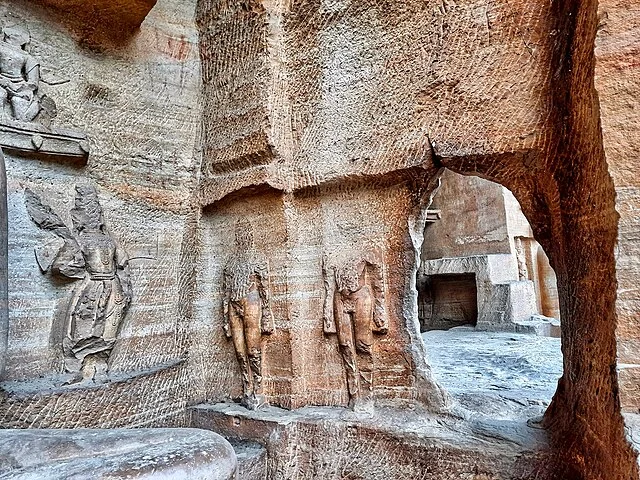
The Gopachal monuments feature a series of rock-cut caves, each housing detailed sculptures of Tirthankaras. These caves are carved into the sandstone cliffs of the Gwalior Fort hill. The statues are mostly in a standing or seated meditative posture, symbolizing peace and spiritual attainment.
The most prominent figures include Lord Adinath, the first Tirthankara, and Lord Mahavira, the 24th and last Tirthankara. The statues show minimal ornamentation, staying true to the Jain principles of simplicity and austerity. However, the sheer size of the figures and the intricacy of their features, such as their serene expressions, show the dedication and skill of the artisans.
Religious Significance
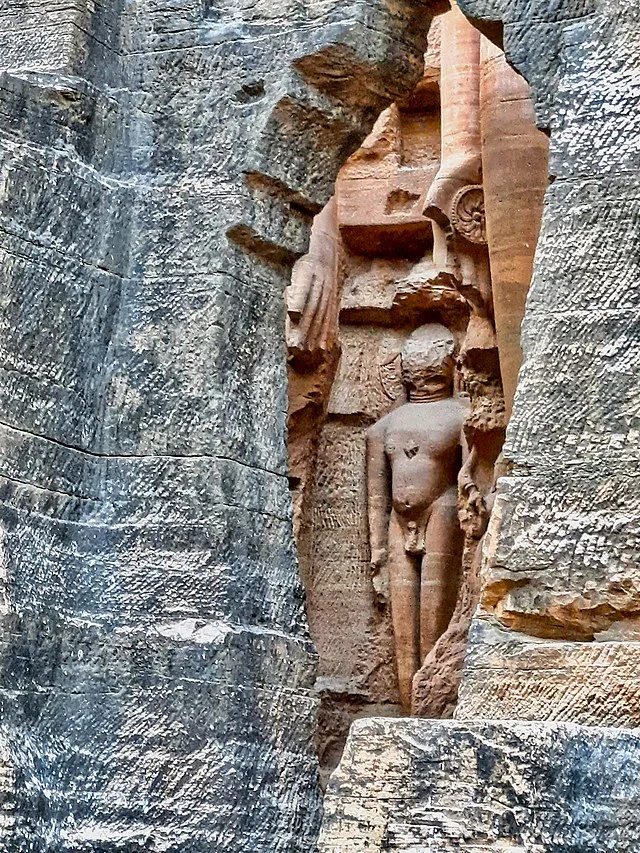
For followers of Jainism, the Gopachal monuments hold great religious significance. The large-scale sculptures of Tirthankaras reflect the Jain belief in the transcendence of spiritual leaders. Devotees have visited the site for centuries to pay homage to these sacred figures. Moreover, the absence of excessive decoration aligns with Jain values of non-materialism and the pursuit of spiritual purity.
Preservation Efforts
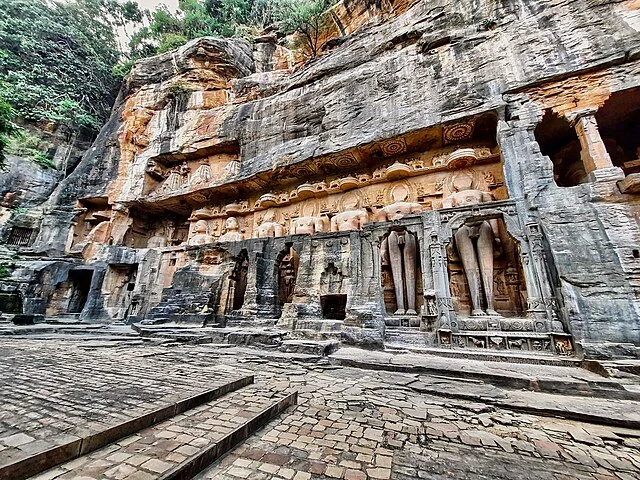
Over time, the Gopachal rock-cut Jain monuments have faced weathering and vandalism. Efforts to preserve these monuments began in the 20th century, with local and national authorities working to protect the site. Due to its cultural and religious importance, the Archaeological Survey of India (ASI) has taken measures to restore and maintain the sculptures. However, the natural erosion of the sandstone continues to pose challenges to the long-term preservation of these historic structures.
Conclusion
The Gopachal rock-cut Jain monuments are a testament to the artistic and religious devotion of the Jain community. Spanning several centuries, the site offers insight into the architectural and spiritual heritage of ancient and medieval India. Although preservation challenges remain, the continued efforts to protect these monuments ensure that they remain a vital part of India’s cultural landscape.

